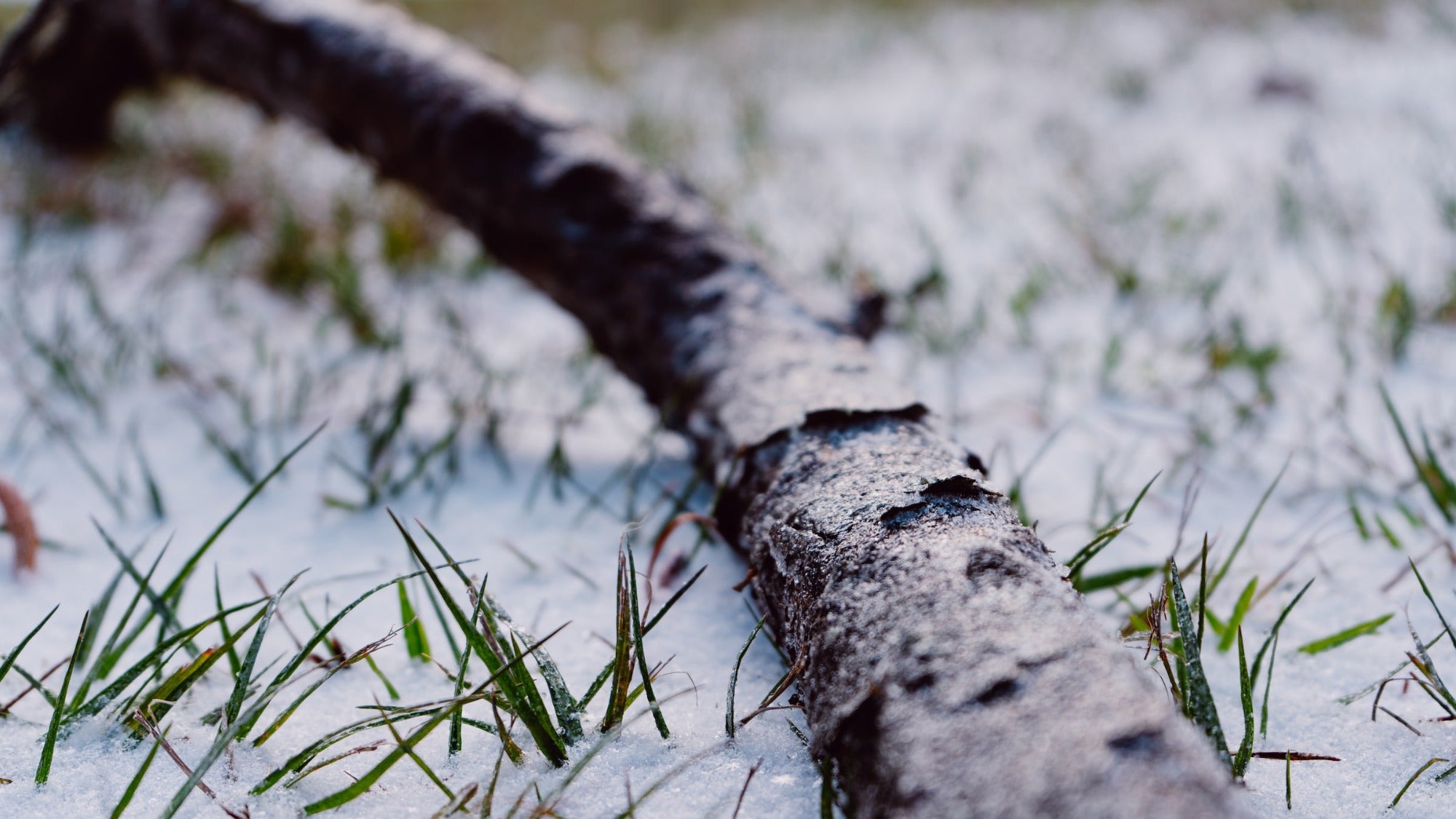A multi-day, cross-country storm system spawned more than a dozen reported tornadoes in parts of Louisiana and Texas on Tuesday, damaging multiple homes and businesses.
The communities of Deer Park and Pasadena, Texas near the city of Houston saw extensive damage, with downed trees and power lines.
[Related: Strong storms and strange weather patterns sweep the US.]
“We’ve seen plenty of damage. We’ve seen buildings that have collapsed,” Pasadena Mayor Jeff Wagner told CNN.
Over 100,000 homes and businesses in Texas and Arkansas were without power as of Wednesday morning, and new tornado watches have been issued for southeastern Alabama and the Florida panhandle.
Parts of the Southeast from the eastern Carolinas to southern Georgia can also expect potentially severe thunderstorms as the storm continues to move east.
To stay safe during a tornado, be sure to listen to local weather reports (especially during thunderstorms), be ready to shelter in the lowest part of your home or office, and have a plan and emergency kit.
The same system is bringing snow to parts of the Midwest and interior Northeast. The National Weather Service (NWS) tweeted “a winter storm will produce a swath of heavy snow from the Middle Mississippi Valley & Great Lakes this morning to the Northeast this afternoon. An icy wintry mix is also expected for portions of the Interior Northeast. Hazardous travel conditions are likely in impacted areas.”
[Related: Stormy weather brings tornadoes and blizzards across the US.]
AccuWeather predicts that a wide swath of three to six inches of snow could accumulate from southern Missouri, Indiana, Ohio, and southern Michigan to Pennsylvania and New York to Maine. Northern New York into interior parts of Maine could see more than a foot of snow before the snow wraps up Thursday night.
Some gusty winds following behind the storm will allow some snow showers to linger from Michigan and northern Indiana, to West Virginia, Pennsylvania, and New York.
Areas closer to the coast will only see rain beginning on Wednesday morning, as warmer air surges north. Some areas could see up to two inches of rain. As of Tuesday January 24, New York City has gone 321 days without measurable snowfall, the second longest snow drought in the city’s history. Some snowflakes may fall on Wednesday, before quickly changing over to rain.
“With the exception of some areas downwind of Lakes Erie and Ontario, and very small areas of interior New England, the East is certainly in a snow drought with some locations that normally have snow, down by as much as one to more than three feet,” the Weather Prediction Center Branch Chief Greg Carbin told CNN.

